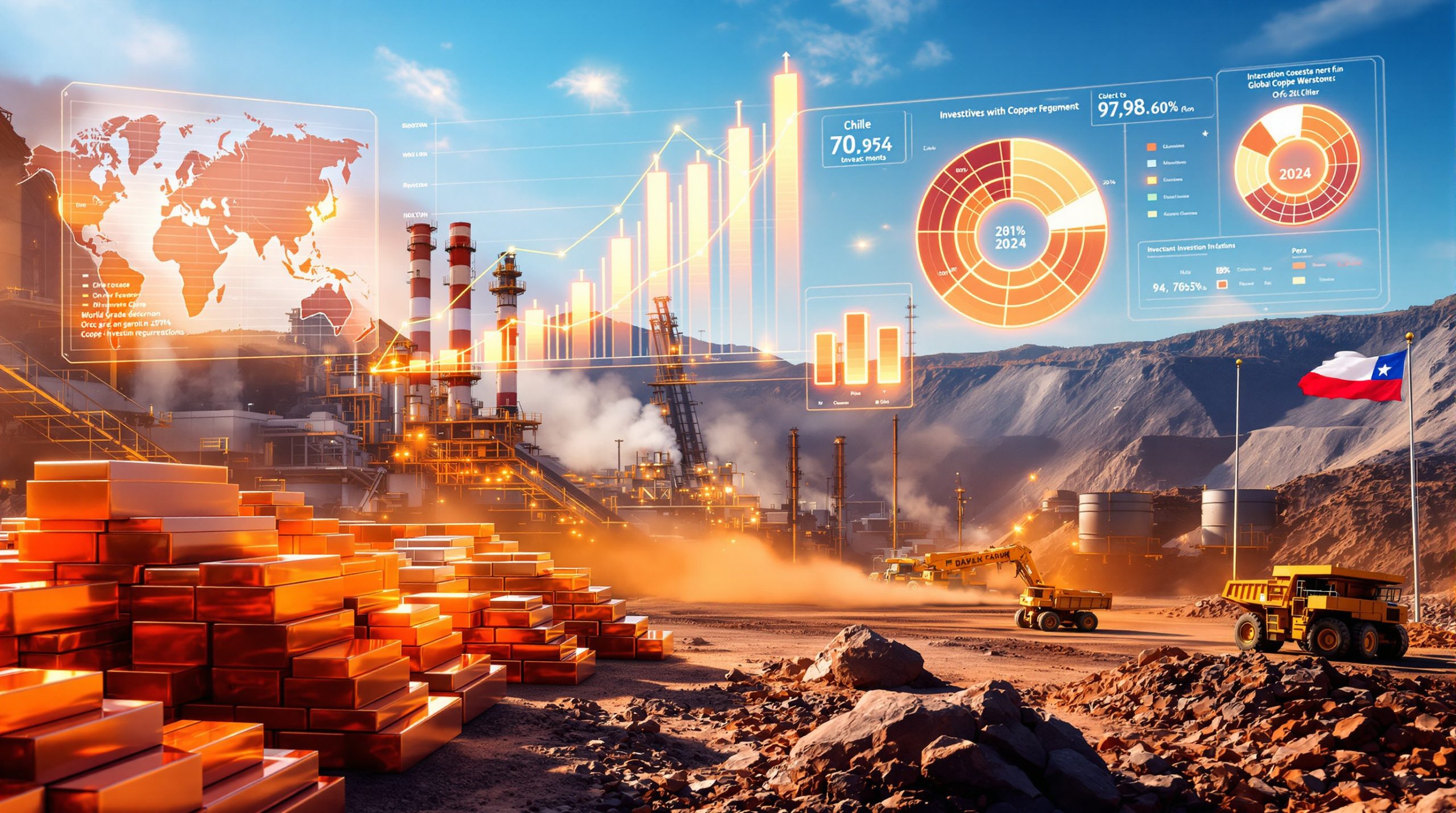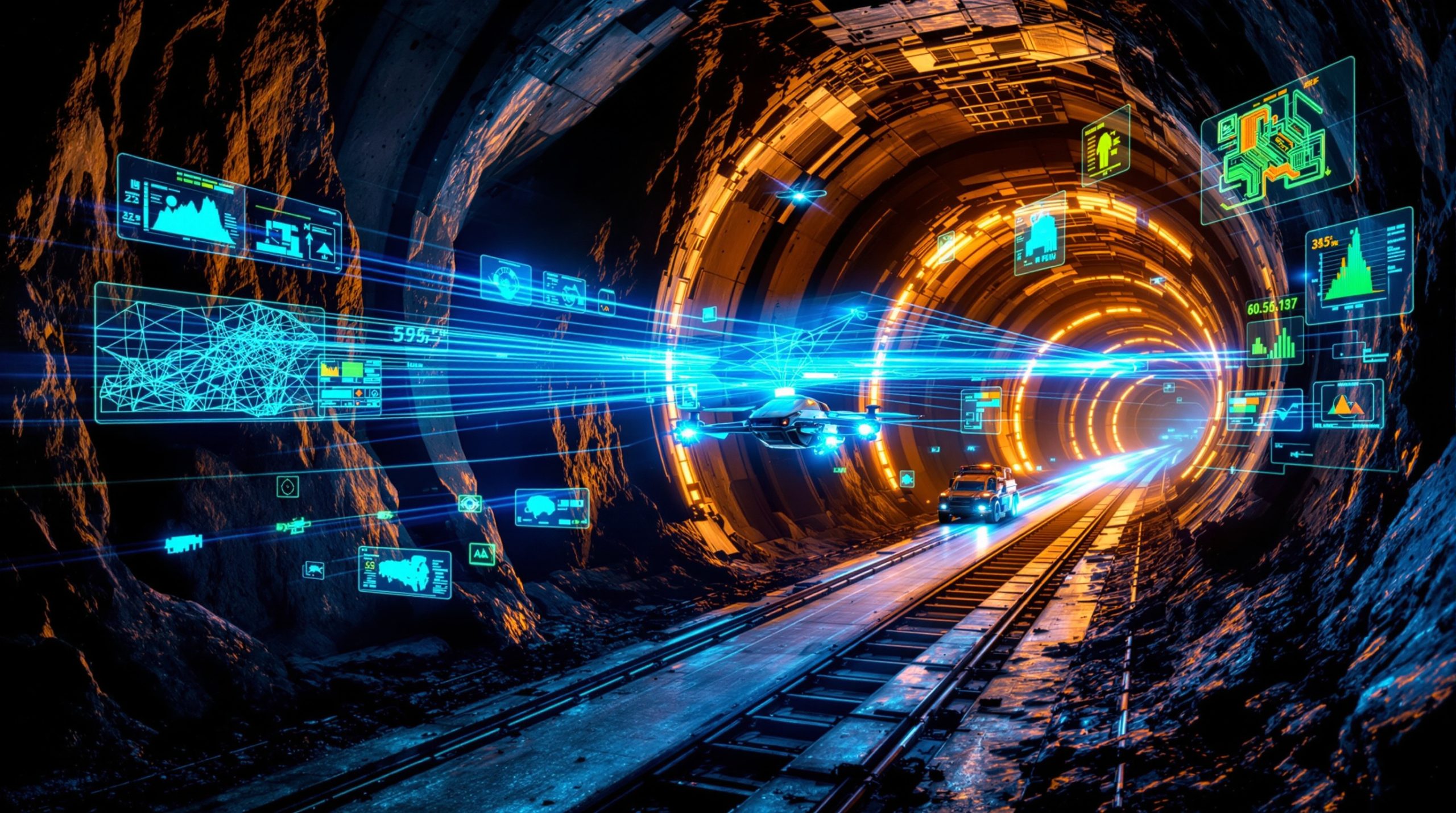Why Is America's Rare Earth Supply Chain Urgently Important?
The China Dominance Problem
Over 90% of the rare earth supply chain is currently controlled by China, creating a dangerous dependency for American industries and defense sectors. This monopolistic control extends even further with China dominating approximately 98% of all heavy rare earth elements—the most valuable and technologically critical components in the rare earth family.
This dominance creates a troubling reality where the United States effectively must "ask China for permission" to invest in its own defense technologies. When critical mineral shortages like gallium—essential for systems such as Patriot missiles—are almost 100% controlled by a potential adversary, the vulnerability becomes existential rather than merely economic.
The situation represents a strategic chokepoint that has developed over decades as American production capabilities were systematically abandoned in favor of cheaper Chinese imports, creating the dependency crisis we face today.
National Security Implications
The defense implications of rare earth dependency cannot be overstated. These minerals form the backbone of virtually all advanced weapons systems, communication technologies, and strategic capabilities required by modern military forces.
Rising global tensions, particularly in the Indo-Pacific region, have created what industry experts describe as a "wake-up call" for domestic production. The vulnerability became painfully apparent during recent trade disputes when China briefly threatened to restrict rare earth exports to the United States.
The current geopolitical supply risks highlight the precarious nature of America's supply chain vulnerabilities. When defense contractors must source critical components from potential adversaries, the Pentagon's ability to respond to threats becomes compromised.
What makes this situation particularly frustrating is that the United States once led global production of these materials before abandoning domestic capacity decades ago, creating the current dependency through policy choices rather than geological limitations.
What Makes Round Top Deposit in Texas Strategically Vital?
Unique Heavy Rare Earth Concentration
The Round Top deposit in Texas represents a geological anomaly with tremendous strategic significance. While most rare earth deposits globally contain primarily light rare earth elements, Round Top contains significant concentrations of heavy rare earth elements—the most valuable and technologically crucial variety.
Heavy rare earths possess unique properties that enhance magnetic performance in high-temperature applications, making them indispensable for advanced technologies. Unlike their lighter counterparts, heavy rare earths maintain their magnetic properties even under extreme conditions, allowing components to function effectively in demanding environments like vehicle motors and rocket propulsion systems.
This domestic deposit represents one of the few significant sources of heavy rare earths outside of Chinese control, potentially providing a pathway to reduce dependency on foreign resources for the most critical applications in defense and renewable energy sectors.
Technological Applications
Heavy rare earths serve as the essential components in technologies that translate electricity into motion—the foundational principle behind electric vehicles, wind turbines, and countless defense applications. Their unique atomic structures enable the creation of permanent magnets that maintain performance even in extreme heat environments.
These elements make possible the miniaturization of motors and generators while simultaneously improving their efficiency—a critical consideration for everything from electric vehicle range to missile guidance systems.
By developing the Round Top deposit, the United States gains access to materials that currently must be sourced almost exclusively from Chinese-controlled mines and processing facilities, reducing a critical vulnerability in America's technological supply chain.
How Do Rare Earth Magnets Power Modern Technology?
The "Silent Technology" Behind Everyday Devices
Rare earth magnets represent what industry insiders call the "silent technology" that powers modern life while remaining largely invisible to consumers. A typical modern automobile incorporates approximately 40 different rare earth magnets, controlling everything from window motors to seat adjustments.
Electric vehicle motors particularly rely on these powerful magnets for efficient power conversion, with each EV containing substantially more rare earth content than conventional vehicles. Beyond transportation, consumer electronics contain multiple magnets—a typical smartphone houses at least 12 separate rare earth magnets powering speakers, vibration motors, and camera focusing mechanisms.
These magnets enable the miniaturization of countless devices while improving their energy efficiency, making possible everything from wireless earbuds to precision medical equipment. Without rare earth magnets, modern technology would be significantly larger, heavier, and less efficient.
Critical Applications Across Industries
The applications for rare earth magnets span virtually every sector of the modern economy. In transportation, they power not just personal vehicles but also public transit systems, aircraft components, and maritime propulsion systems.
Medical equipment heavily depends on rare earth magnets, with MRI machines requiring some of the most powerful permanent magnets commercially produced. Consumer electronics from smartphones to laptops incorporate multiple magnets in each device, with global production reaching billions of units annually.
Power tools and cordless equipment leverage rare earth magnets to deliver more power in smaller packages, while renewable energy systems—particularly wind turbines—require substantial quantities of these materials for efficient electricity generation.
Perhaps most critically, defense systems from guidance technology to drone propulsion rely on rare earth magnets, making domestic production a matter of national security rather than simply economic interest.
What Is USA Rare Earth's Production Strategy?
Fully Integrated Supply Chain Development
USA Rare Earth is pursuing a comprehensive strategy centered on vertical integration—controlling every step from mining to final magnet production. The company is constructing a dedicated magnet production facility in Oklahoma that will transform raw materials into finished products for American manufacturers.
Production at the Oklahoma facility is scheduled to begin by mid-2024, with preliminary output ramping up toward full capacity. The company's roadmap targets full-scale production by 2026, allowing sufficient time for manufacturing processes to stabilize and quality control systems to mature.
At full capacity, the facility will produce approximately 5,000 tons of magnets annually—equivalent to hundreds of millions of individual magnets ranging from small components for electronics to large assemblies for vehicles and industrial equipment. This production volume represents approximately 5% of total US market demand, making a significant contribution to supply chain security while creating space for additional domestic producers.
Economic Competitiveness Approach
The company's approach to economic competitiveness centers on vertical integration to reduce costs throughout the production process. By controlling the entire supply chain, USA Rare Earth aims to eliminate price markups that occur at each transfer point in the current fragmented system.
A key cost advantage comes from eliminating reliance on foreign metal processing, which currently occurs primarily in South Korea. By localizing this critical step, the company reduces transportation costs, import duties, and exposure to international shipping disruptions.
This integrated approach significantly reduces risk through supply chain control, allowing the company to guarantee consistent supply availability for domestic manufacturers—a key consideration for industries that have experienced severe disruptions in recent years.
How Is USA Rare Earth Financing This Development?
Capital Structure and Investment Requirements
USA Rare Earth recently completed a merger with Inflection Point Acquisition Corp., providing the company with a NASDAQ listing and improved access to capital markets. This transaction creates a platform for attracting the substantial investment required for rare earth mining and processing infrastructure.
The magnet facility development alone requires "a few hundred million dollars" in capital investment, covering specialized equipment, facility construction, and initial operating expenses. Beyond the production facility, full mine development is estimated to require "up to a couple billion dollars" over the mine's lifetime, covering exploration, extraction, environmental management, and ongoing operations.
The public listing provides a platform for capital raising that extends beyond traditional public equity, potentially including strategic partnerships, joint ventures, and specialized financing arrangements with customers seeking supply security.
Government Support and Policy Environment
The rare earth supply chain challenge has achieved remarkable bipartisan recognition in Washington, with both Republican and Democratic administrations acknowledging the strategic importance of domestic production. This political consensus creates a stable policy environment for long-term investments.
A recent executive order from the Biden administration specifically targeted rare earth minerals and magnets, highlighting the critical nature of these materials for economic and national security. This policy attention translates into potential support mechanisms including Defense Production Act funding, tax incentives, and expedited permitting processes.
The company remains vigilant regarding potential impacts of tariffs on equipment and inputs from South Korea and Japan during initial production phases, as trade policies continue to evolve in response to shifting global rare earth strategy.
What Types of Magnets Will Be Produced?
Neodymium-Based Magnet Production
USA Rare Earth plans to focus production on rare earth-centered "neo magnets"—specifically neodymium-iron-boron (NdFeB) compositions that represent the highest performance permanent magnets commercially available. These magnets deliver exceptional magnetic field strength relative to their size and weight, making them ideal for applications where space and efficiency are critical.
Production will initially target the most demanding applications, particularly those in defense and advanced technology sectors where performance specifications cannot be compromised. These high-value markets provide the strongest business case while the company scales production toward broader commercial applications.
The facility's output will be capable of meeting rigorous specifications for defense and high-tech applications, including stability at elevated temperatures and resistance to demagnetization—performance characteristics that differentiate high-quality domestic production from lower-grade alternatives.
Production Capacity and Market Impact
At full capacity, the initial production facility will produce 5,000 tons of magnets annually—a volume that translates to "hundreds of millions" of individual magnets when distributed across various applications from tiny smartphone components to larger industrial motors.
This production volume will satisfy approximately 5% of US market demand, making a meaningful contribution to supply chain security while remaining manageable for a first-generation facility. The company views this initial capacity as creating opportunity for additional domestic producers to enter the market, potentially establishing a competitive domestic industry rather than simply replacing one monopoly with another.
How Does The Current Geopolitical Situation Affect Rare Earth Development?
Opportunities Amid Tensions
The current geopolitical climate, while creating challenges across many sectors, has produced positive momentum for domestic rare earth development. Increased attention on supply chain vulnerabilities has elevated the issue to national priority status, attracting both capital and policy support.
The Trump administration impact highlighted the issue "in a powerful way," bringing rare earth dependency into mainstream political discourse and initiating policy frameworks that continue to influence development. This focus has continued with subsequent administrations, demonstrating rare bipartisan consensus on the strategic importance of these materials.
A recent executive order focused specifically on rare earth minerals and magnets underscores the continued policy attention, with practical support mechanisms following the high-level directives. This sustained political attention creates a favorable environment for the substantial investments required in this sector.
Tariff Considerations and Supply Chain Impacts
Companies in the rare earth sector must carefully monitor potential tariff impacts on necessary inputs from overseas, particularly during the development phase when domestic alternatives remain unavailable. Initial production will still require materials from established producers in South Korea until the entire supply chain achieves domestic integration.
Equipment sourcing presents another vulnerability, as specialized manufacturing equipment from Japan could be affected by evolving trade policies. These considerations highlight the complexity of establishing a truly independent supply chain after decades of dependency.
The ongoing market volatility in global supply chains reinforces the strategic case for domestic development, as manufacturers increasingly prioritize supply security alongside traditional cost considerations—a shift that strengthens the business case for American production despite potentially higher initial costs.
FAQ: Understanding Rare Earth Minerals and Magnets
What are rare earth minerals and why are they important?
Rare earth minerals comprise a group of 17 elements that, despite their name, are relatively abundant in the Earth's crust but rarely found in concentrated deposits. Their importance stems from unique magnetic, luminescent, and electrochemical properties that enable miniaturization and efficiency in technologies ranging from smartphones to defense systems.
These elements form the foundation of countless modern technologies, with applications spanning renewable energy, transportation, medicine, electronics, and defense. Their irreplaceable properties make them strategic resources in the global technology race.
How does China control the rare earth market?
China established dominance through decades of strategic development across the entire supply chain—from mining operations to processing facilities and manufacturing capabilities. This comprehensive approach allows China to control approximately 90% of the global rare earth market.
Chinese dominance extends even further in heavy rare earths, where the country controls approximately 98% of global production. This near-monopoly gives China significant leverage over industries dependent on these materials, potentially influencing technological development and defense capabilities of other nations.
What is the difference between light and heavy rare earth elements?
Light rare earth elements (LREEs) include lanthanum through gadolinium on the periodic table, while heavy rare earth elements (HREEs) include terbium through lutetium plus yttrium. This distinction reflects not only their atomic weights but also their different properties and applications.
HREEs are generally more scarce and valuable, with special properties that make them essential for high-performance magnets that operate in extreme temperatures. Their unique electronic configurations enable applications where standard materials would fail, particularly in high-heat environments like vehicle motors and aerospace systems.
Why can't the US simply import rare earth materials from allies instead of China?
While some allies possess rare earth resources, the processing infrastructure exists primarily in China after decades of concentrated development. Building a complete supply chain involves not just mining but also separation, processing, metal and alloy production, and magnet manufacturing—capabilities that have largely disappeared from the US and its allies.
Even when mining occurs outside China, the extracted materials typically travel to Chinese facilities for processing, maintaining dependency regardless of the original source. This processing monopoly represents the most significant bottleneck in diversifying supply chains, requiring substantial investment to overcome.
Want to Invest in the Next Major Mineral Discovery?
Discovery Alert instantly notifies investors of significant ASX mineral discoveries using its proprietary Discovery IQ model, transforming complex mineral data into actionable insights. Understand why major mineral discoveries can lead to significant market returns by exploring Discovery Alert's dedicated discoveries page, showcasing historic examples of exceptional outcomes.




